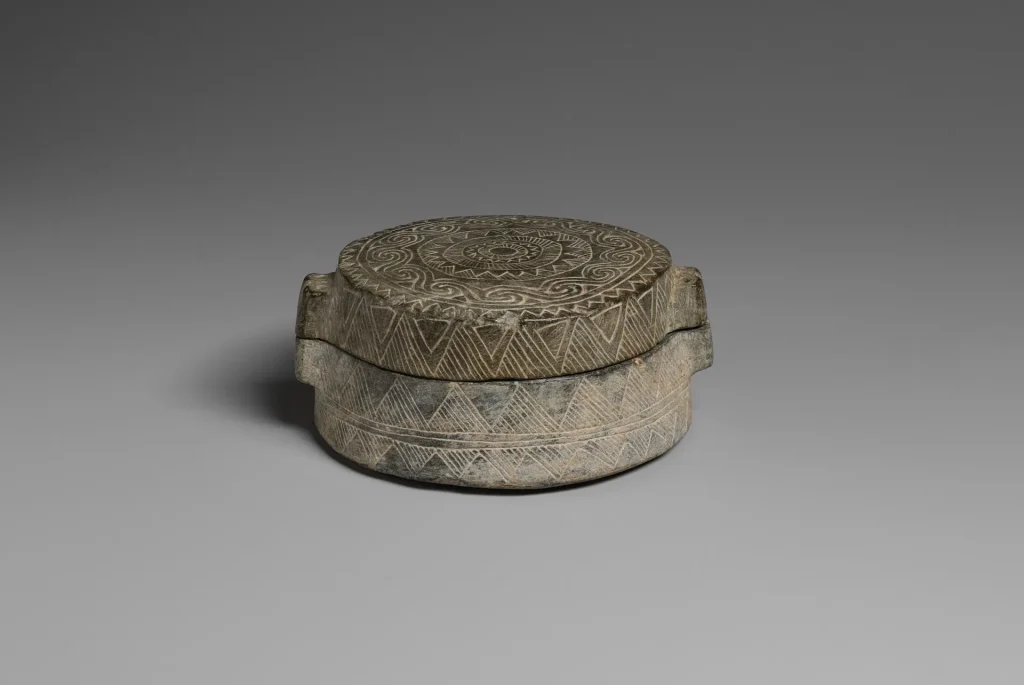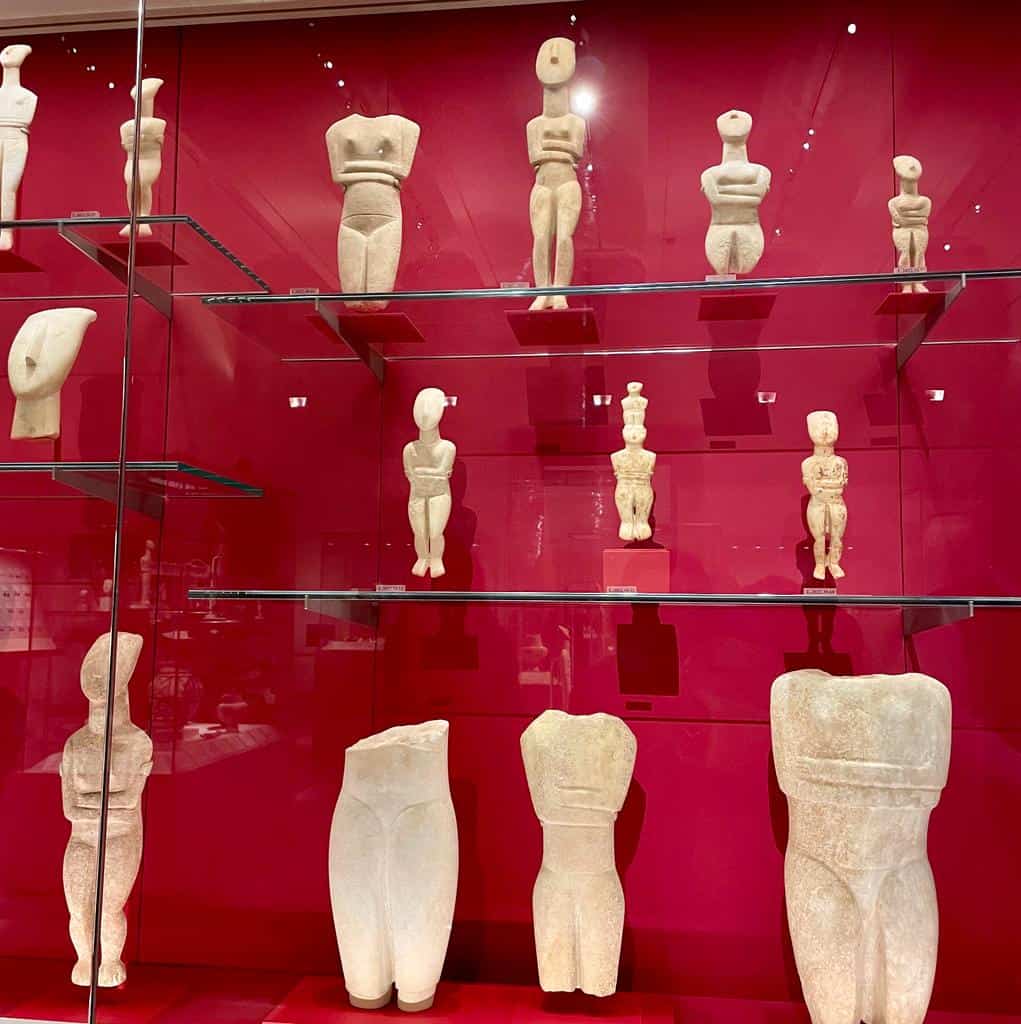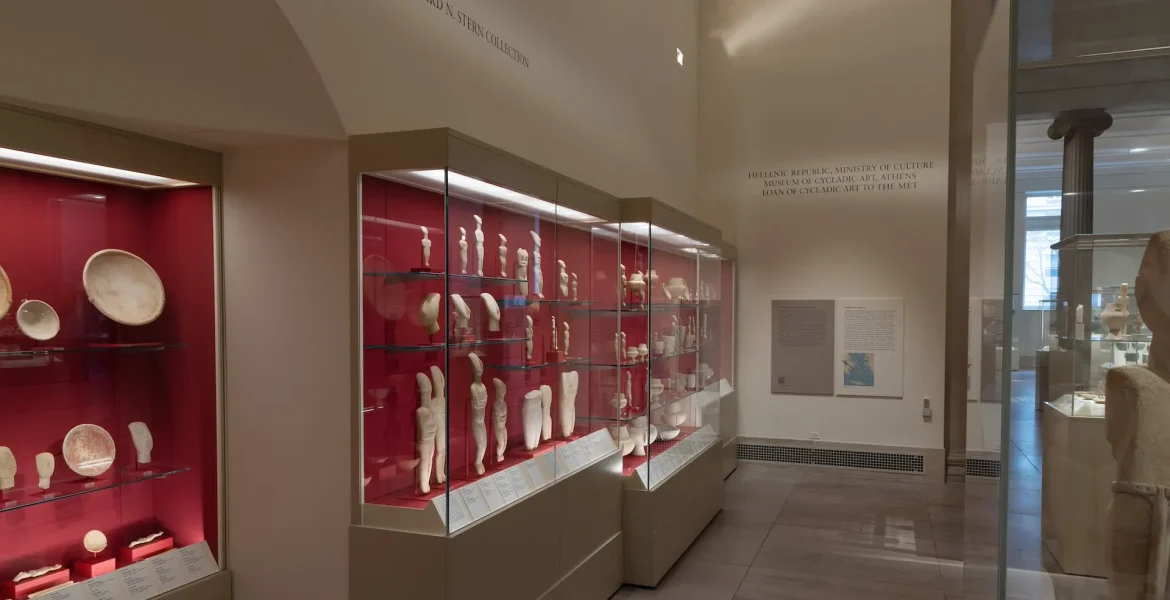New York City, NY (January 26, 2024) – In a groundbreaking move, the Metropolitan Museum of Art (Met) has unveiled a vast collection of Cycladic antiquities on loan from Greece, following a unique five-decade partnership aimed at redefining repatriation practices. The agreement, hailed as a "beacon for Cycladic art," comes amidst ongoing debates about cultural ownership and accessibility.
Treasures on Display:
Comprising 161 sculptures and vessels spanning the Early Bronze Age (3200BCE-2000BCE), the collection of American philanthropist Leonard N. Stern represents every known Cycladic figural style. Showcasing the artistic mastery of the ancient Aegean civilization, the collection boasts a monumental violin-shaped female figure, a centrepiece, and rarely-seen shamanic and supernatural figures.

Image: © The Metropolitan Museum of Art, photo by Bruce Schwarz
Repatriation Reimagined:
While ownership remains with Greece, the innovative agreement allows for "repatriation in action." Selected pieces will rotate between the Met and Greek museums, ensuring accessibility for both international and local audiences. This collaboration represents a significant shift in museum practices, balancing repatriation aspirations with the desire to share cultural treasures globally.
Controversy and Collaboration:
The agreement initially sparked controversy regarding the collection's provenance. However, both Greek officials and the Met emphasized the lack of evidence suggesting illegal acquisition. They focus on the partnership's positive aspects: promoting Cycladic art, fostering collaboration between institutions, and offering public access to these cultural gems.
Beyond the Exhibition:
As part of the agreement, Stern has generously funded initiatives related to the collection, including online archiving and research into previously unknown polychromy on the sculptures. The Met will also organize educational programs, residencies for Greek scholars, and a symposium on Cycladic art within the next three years.

Looking Ahead:
The Met's display of the Stern Collection marks a significant step forward in the evolving relationship between museums and cultural heritage. While questions remain, this collaboration sets a precedent for future partnerships, aiming to balance repatriation aspirations with global cultural exchange, sparking important conversations about ownership, access, and the future of cultural artifacts.

